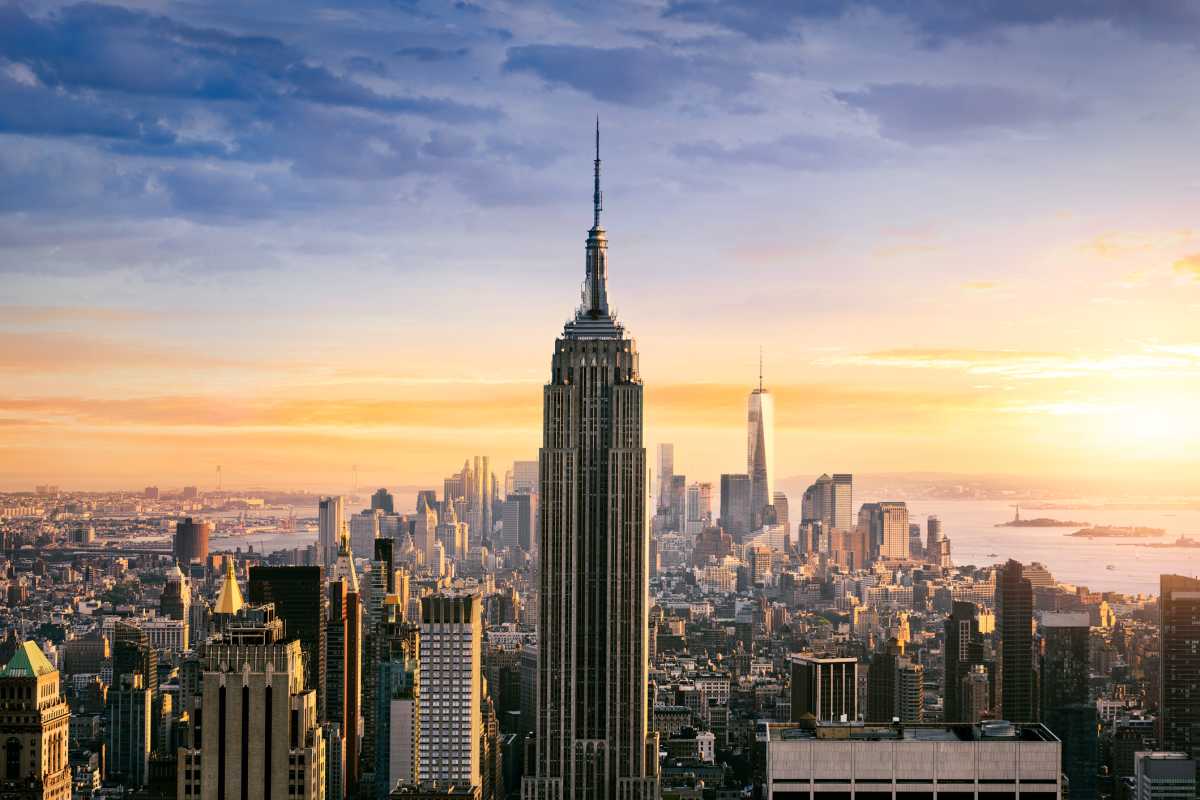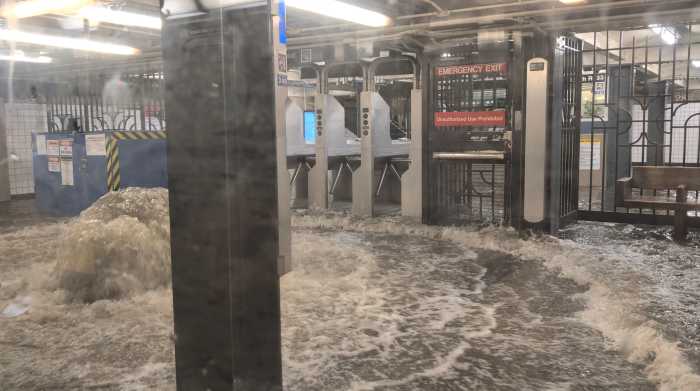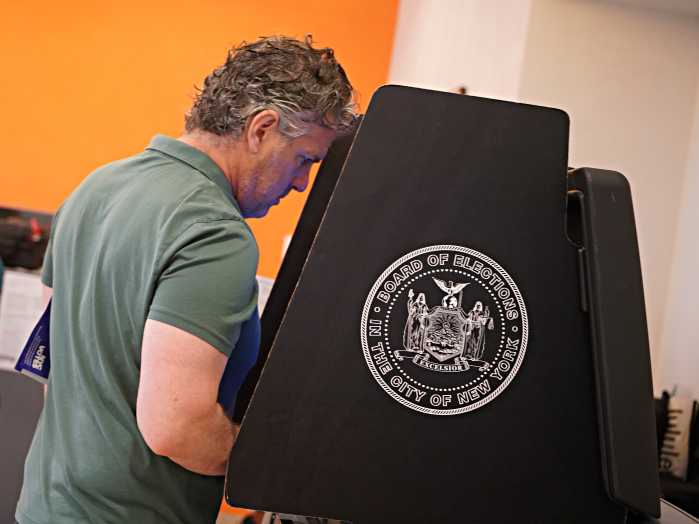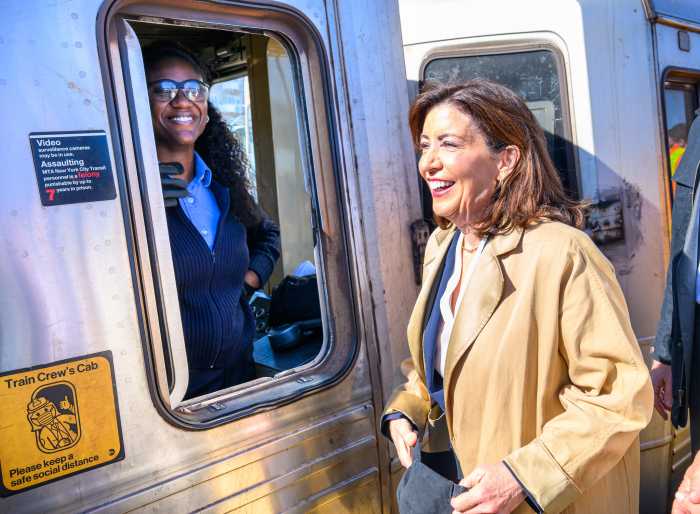By Carlo A. Scissura
During our country’s most challenging times of the 20th century – periods of great economic hardship and war – our leaders championed large-scale infrastructure projects as a lifeline to recovery. Countless Americans benefited, gaining meaningful employment by building pathways that connected us all.
With New York again on a long road to recovery, it’s time to replicate the playbook that brought us the Triborough Bridge, LaGuardia Airport and Lincoln Tunnel, and transformed the region into one of the nation’s leading economic powerhouses.
New York has all the tailwinds to make this happen. We have a new “Amtrak President” in Joe Biden, Governor Andrew Cuomo’s relentless push to build for the future, Chuck Schumer as Senate Majority Leader and former NYC Department of Transportation Commissioner Polly Trottenberg as the second in command at the U.S. Department of Transportation.
But we need to hit the ground running. Too many New Yorkers are still out of work, struggling to make ends meet and feed their families. An immediate way to relieve some of this pain is to build, and then build some more.
According to the New York Building Congress’ Construction Outlook 2020-2022 report, construction spending in 2020 was around $55.5 billion – matching 2017’s then-record-breaking amount – and construction employment totaled nearly 128,000 jobs. Despite the pandemic’s effects, the building industry remains the heartbeat of the city’s economy and a reliable source of revenue and jobs.
With motivated state leadership and a federal administration that understands both the urgency and the aggregate economic effect of investing in infrastructure, there is renewed hope that our governments will continue this proven path to recovery. Here’s where they should start:
The successful opening of Moynihan Train Hall is a major step forward – proving a reliable model for public-private partnership that gave us a beautiful train hall and created more than 5,000 construction jobs and an estimated 11,000 indirect jobs. However, there remains an enormous amount left to do in the Penn District, our nation’s busiest commuter hub.
The Governor’s $51 billion plan to revitalize Midtown West and expand Penn Station south aims to address the root causes of the district’s issues while creating approximately 196,000 jobs, new public spaces, thousands of units of affordable housing, new commercial space, improved public transit and upgraded pedestrian corridors and connections. It’s imperative our public agencies work together, starting with the Penn District, so we can invest in transit-oriented development that will get people back to work and set up our city’s infrastructure for the future.
It’s also time to move forward with the Gateway Program. Undoubtedly the most important infrastructure project in the country, Gateway would create tens of thousands of jobs. The Hudson Tunnel Project alone would create more than 72,000 jobs and generate $19 billion in economic activity. Nevertheless, Gateway was essentially frozen by the previous administration. This has been litigated long enough and must now become a reality.
Finally, in addition to fixing the Penn District, there are ample opportunities around the region to upgrade our infrastructure for a cleaner, more sustainable future. Proposed projects to renovate the Javits Center and build a new Port Authority Bus Terminal should all be a high priority and receive the necessary funding.
The time is now for our leaders to invest in the future. By jumpstarting large infrastructure projects, we can bring long-overdue improvements to areas like Penn Station and our transportation hubs while also getting thousands of people back to work. The stars are aligned – let’s start rebuilding.
Carlo A. Scissura is the President and CEO of the New York Building Congress.
































